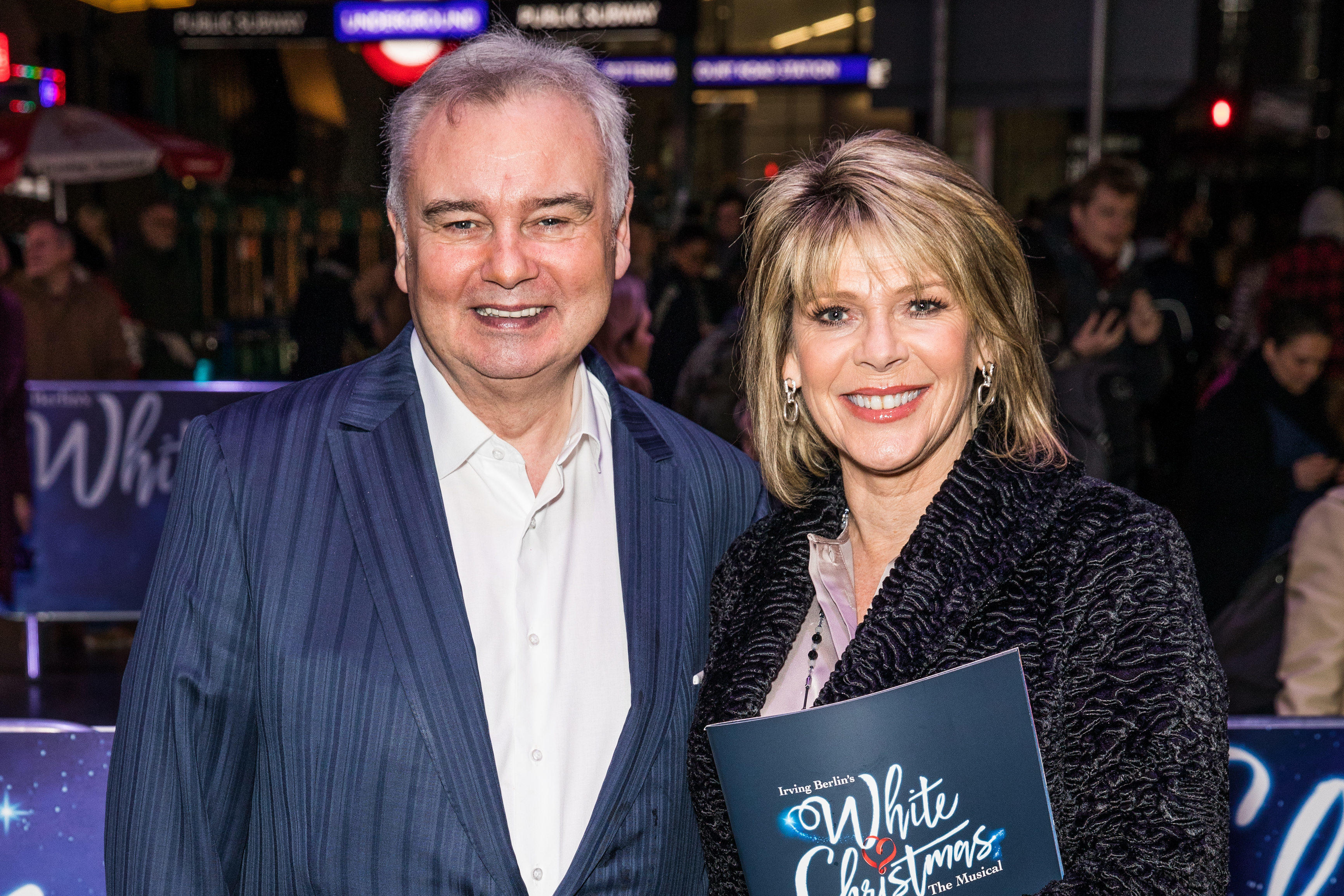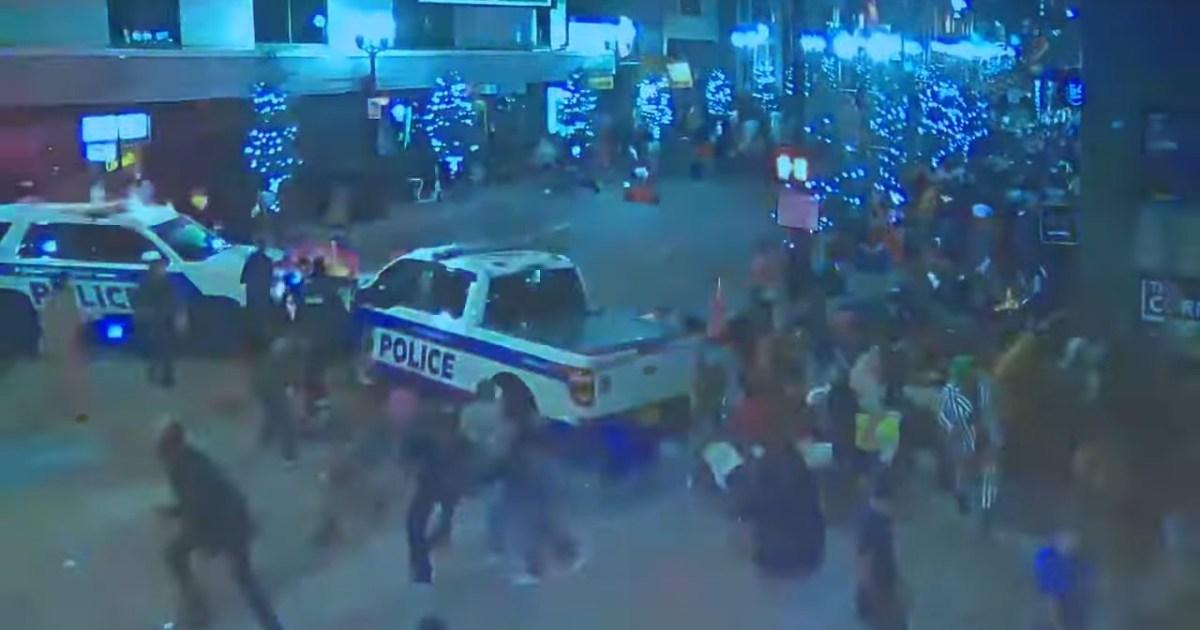Life in London has been mapped according to its health, wealth, land ownership, politics and transport at key points in its long history. But it is now hoped it can be charted in a way that tells a different story: the story of language itself.
Ross Perlin, an academic who claimed a prestigious £25,000 book prize last week, now hopes to start work on a mapping project with British researchers that would reveal the whereabouts of the speakers of the capital’s most at-risk languages. The map, they believe, would be a first step to saving them.
Perlin, a US linguist, has already worked with New York’s Endangered Language Association (ELA), where he is co-director, to create a clear geographical picture of the huge variety of tongues spoken in New York’s five boroughs. Crucially, though, the map also pinpoints the most isolated surviving language communities.
“It is vital to protect and understand the diversity of languages spoken in a city because of the human knowledge and culture they hold,” Perlin said, after receiving the British Academy prize for Global Understanding for his book Language City: The Fight to Preserve Endangered Mother Tongues. “London may well now be second only to New York in the number of endangered languages spoken.”
He said such a map would be “very useful” for London. “I’d like to see a map put together, using the same open-source methods we used in New York,” he said.
“I would very much like to see this done, stand ready to help, and predict it would be very revealing and useful … [but] resources and personnel are still needed before anything can be promised or planned.”
The original project, thought to be the first of its kind in the world, and which can be seen on the ELA website, was created using information sent to academics and researchers working in the association’s headquarters in the Flatiron district of Manhattan.
So far, the group, which has a mission to document and support the linguistic range in cities classed as “hyperdiverse”, has now mapped more than 700 language varieties in New York.

London, Perlin suspects, is influenced by similar economic pressures: “As in New York, some of the language diversity has now been pushed out by the high cost of housing, and this creates other pockets of small language groups in other parts of the country.
“It can be harder for these groups in places where there is not the same recent experience of multiple language-speaking and this can lead to isolation. There needs to be a process of mediation and understanding.”
The threat to an endangered language can come from this sort of squeeze, but it is never something Perlin sees as a “natural death”. Across the world, almost half of all languages are spoken by communities of less than 10,000, while hundreds have just 10 speakers or fewer.
In London’s boroughs, previous studies have shown the chances of coming across Polish are higher on the streets of Croydon, while you are more likely to overhear Punjabi in Ealing than you are in Camden, where French speakers are common. But now Perlin aims to dig down further to “the deepest levels of human diversity”.
“If you go to the Green Lanes area in north London, as I did recently, you will hear many different Turkic languages spoken, but you will also hear Kurdish, Cypriot, Bulgarian and Italian language varieties,” said Perlin.
In a big city, the makeup of the population is shaped by war, poverty and trade, and in London the colonial past also still leaves its tracks. The tradition of Nepalese men joining the Gurkha regiments of the British army has, for instance, attracted a stream of immigrants, particularly from certain Nepali language groups, including speakers of endangered Seke.
“These links and histories create the language vectors in a city,” said Perlin. “There’s always a logic behind the movement of a small language group. Ideally, each should be celebrated, just as the real estate market sometimes celebrates the diversity of food and culture.”
Perlin’s book makes the point that speaking multiple languages, rather than one, is more common historically and that most human languages have been oral, rather than written.
The emergence of a dominant language can be useful as a common currency for communication, he says, but it should not have greater status. The linguist’s joke about the distinction between a language and a dialect is that a language is just a dialect which has an army and a navy.
While many smaller language groups are in London to do manual labour, and so are vulnerable to discrimination when they are not understood, there are also tiny language groups within wealthy populations. Diplomats and rich expats make up other distinct clusters.
Perlin is now intrigued by the impact of religion and evangelism on the spread and decline of languages. While Christian missionary work helped spread dominant western languages, the missionaries themselves often studied local languages and dialects, recording them for the first time.
Fittingly, his next book will be an examination of the phenomenon of the most translated film of all time, Jesus (also known as The Jesus Film). Made in 1979 in America, it has been made available in more than 2,100 languages and is due to be remade as an animation.








